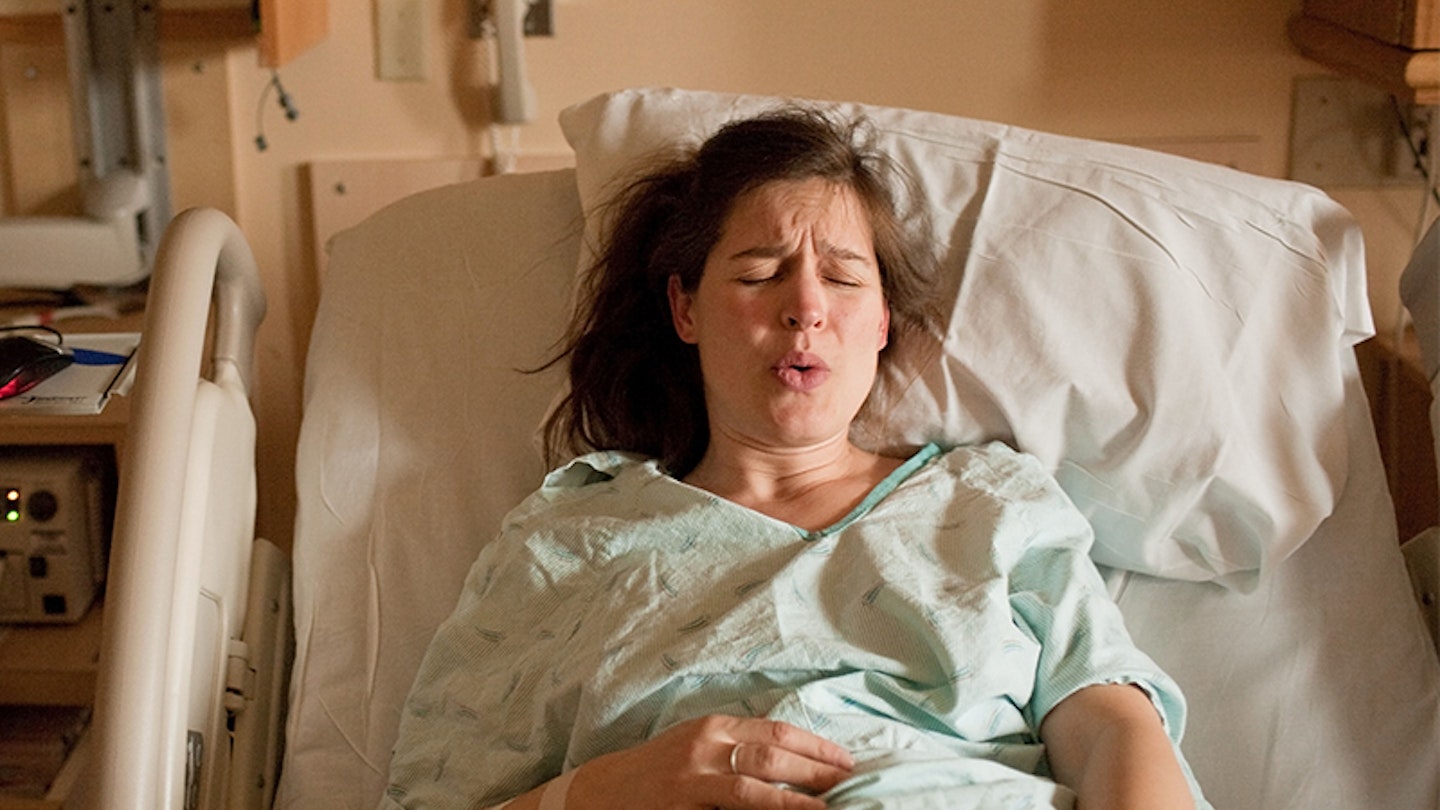There's a lot to get your head around when it comes to labour, like all the medical terms you'll hear being thrown around but might not understand. One of these is active labour. We spoke to obstetrician and gynaecologist Dr Ellie Rayner to find out more.
How long does labour last?
The length of labour can be extremely variable from woman to woman and even from labour to labour. Second or subsequent labours, in general, are shorter but there are many factors that can affect this such as what pain relief you are using if any, the events of your previous labour, and even the position you are in.
What are the different stages of labour?
Labour can be divided into three stages, the first, second and third stage.
The first stage of labour occurs when you have regular uterine contractions associated with changes to your cervix. There are two main phases with this stage, the latent phase and the active phase. The latent phase is the time from the onset of these contractions until your cervix has dilated to 4cm. The second part of the first stage is the active phase, which is the time that involves your cervix dilating from 4cm to fully dilated, which is around 10cm.
The second stage of labour is the time from when your cervix is fully dilated to when your baby is born. It is also split into two phases, the passive and the active phase. The difference between these two stages is whether you have the urge, or the sensation to push your baby down and out or not.
The third stage of labour is the time after the birth of your baby, to the delivery of your placenta and membranes.
What is active labour?
Active, or established labour is when your cervix dilates from 4cm to fully dilated and you are experiencing regular uterine contractions.
The length of this time can vary, but for first labours, it lasts on average around eight hours and is unlikely to last more than 18, and in second or subsequent labours last on average around five hours and is unlikely to last more than 12.
What are my pain relief options during active labour?
There is a range of different options available including supportive care, alternative therapies and medical drugs if needed. Self-help techniques are crucial and can be enough for many women and include breathing techniques, massage and support from a birth partner.
Position can impact your comfort greatly so keep active and try different positions. Some women find that labouring in water helps them to relax and makes labour less painful so discuss with your midwife the pros and cons of both labouring in the water or having a water birth.
You can hire or buy a TENS machine.A TENS machine (Transcutaneous Electrical Nerve Stimulation) is a small electronic device with sticky pads that you attach to your lower back to help reduce pain by sending out small electrical pulses. It can be particularly helpful in early labour but not all hospitals have them and they cannot be used in water.
A natural pain relief during labour is gas and air, which is delivered though a mouthpiece and is available in all birth settings. It works best by taking slow, deep breaths throughout your contraction. It can really help to make contractions more bearable and causes no harm to your baby.
If you feel you need something stronger another option is to have an injection of either Pethidine or Diamorphine administered into your thigh muscle. It takes around 20 minutes for this drug to work and its effects can last for 2-4 hours. These drugs can help you to relax and cope better with contractions.
The most complete and effective pain relief available is an Epidural. An epidural involves a fine tube being inserted by an anaesthetist into your back close to the nerves that supply the womb so that local anaesthetic can be administered throughout the duration of labour. Epidurals are only available in the hospital labour ward or consultant-unit setting and because they can affect the progress of your labour and can cause changes to your babies heartbeat pattern if your blood pressure is low. Because of this, you will be offered additional detailed information about the risks and benefits and any additional monitoring you might be recommended beforehand.
How can my birth partner help during active labour?
A supportive birth partnerhas been shown to reduce the length of labour and the chances of complications. By offering physical support, such as food and drink and encouraging a labouring mother to go to the toilet and remain active and mobile or by offering emotional support such as enabling them to feel safe, secure and supported can make a big difference.
Meet the expert: Dr Ellie Rayner is an obstetrician and gynaecologist. She is the founder of The Maternity Collective. Follow them on social media @thematernitycollective.
